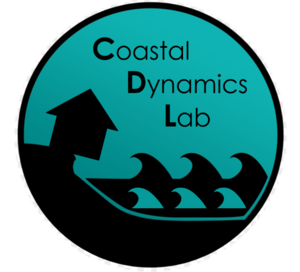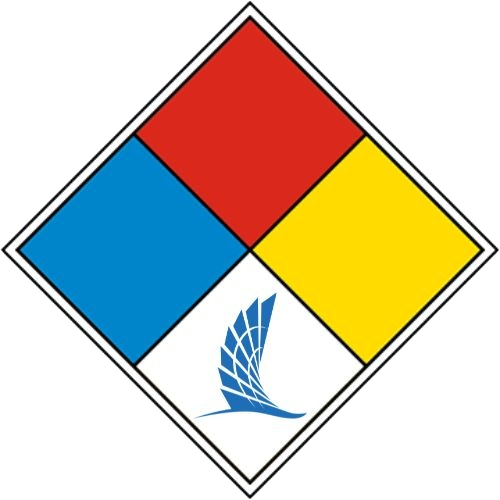As the agricultural industry faces critical challenges like shifting weather conditions, diminishing water supplies, and a shrinking workforce, a new collaborative project is leveraging education with innovative technologies to tackle these issues head-on.
The Cross Training on Data Analytic Experience in Agriculture (CODE-AG) project seeks to overcome the challenges facing the agricultural sector by innovating the industry and preparing the next generation of its workforce. Funded by a $1M grant from the USDA’s National Institute of Food and Agriculture (NIFA), the project is a collaboration between Texas A&M University-Corpus Christi (TAMU-CC), Texas A&M University-Kingsville (TAMUK), Texas A&M University-College Station, and Texas A&M AgriLife at Corpus Christi.
The CODE-AG project integrates data science, AI, drone technology, and geospatial analytics to enhance the resiliency and efficiency of agricultural production. Undergraduate and graduate students will receive advanced training and hands-on experience, preparing them for careers in both plant and animal agriculture systems.
“This initiative isn’t just about education; it’s about addressing growing challenges in the agricultural industry,” said Dr. Lucy Huang, a researcher from the Conrad Blucher Institute for Surveying and Science at TAMU-CC who is leading the project. “By providing students with advanced skills and real-world experience, we’re opening doors to careers that can significantly impact the future of agriculture.”
The CODE-AG project offers students financial support and equips them with essential skills through coursework, research, community outreach, and professional development. Participants will engage in workshops, internships with industry partners, and opportunities to present and publish their research. By fostering interdisciplinary collaboration among faculty experts, the project aims to create a pipeline of diverse, well-trained professionals to drive innovation in U.S. agriculture.
Learn more about CODE-AG by visiting the CODE-AG program’s website.
NOTE: This work is supported by the Agriculture Food and Research Initiative, [grant no. 2023-77040-41202/project accession no. 1031400], from the U.S. Department of Agriculture, National Institute of Food and Agriculture. Any opinions, findings, conclusions, or recommendations expressed in this publication are those of the author(s) and should not be construed to represent any official USDA or U.S. Government determination or policy.







